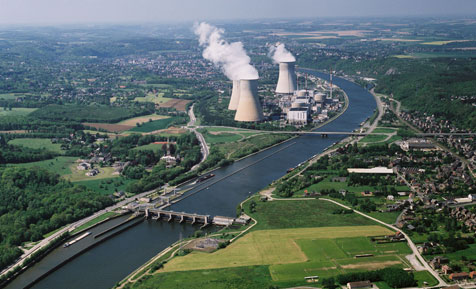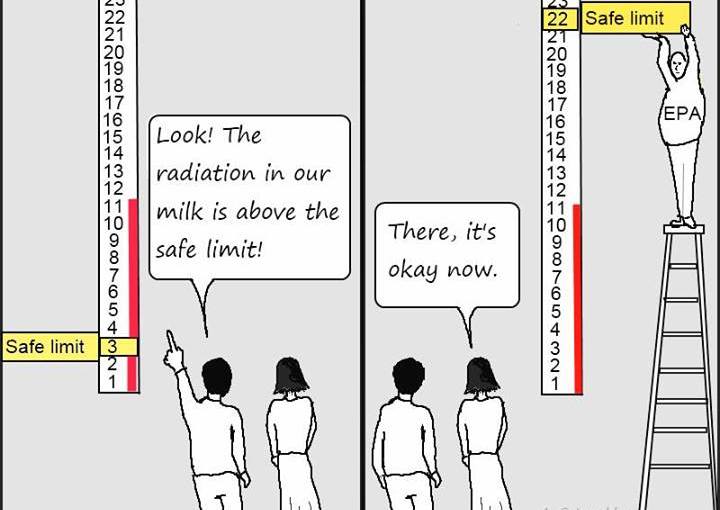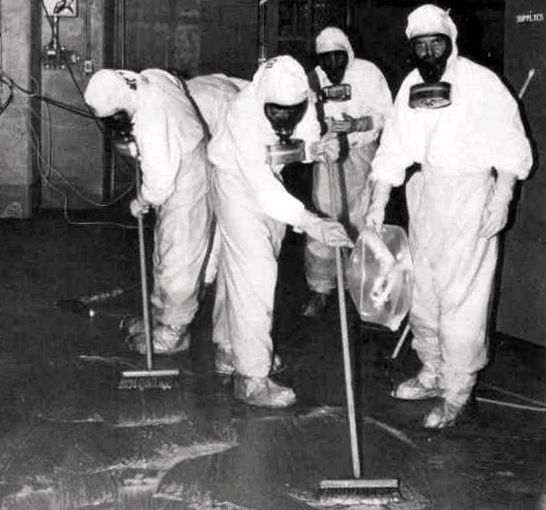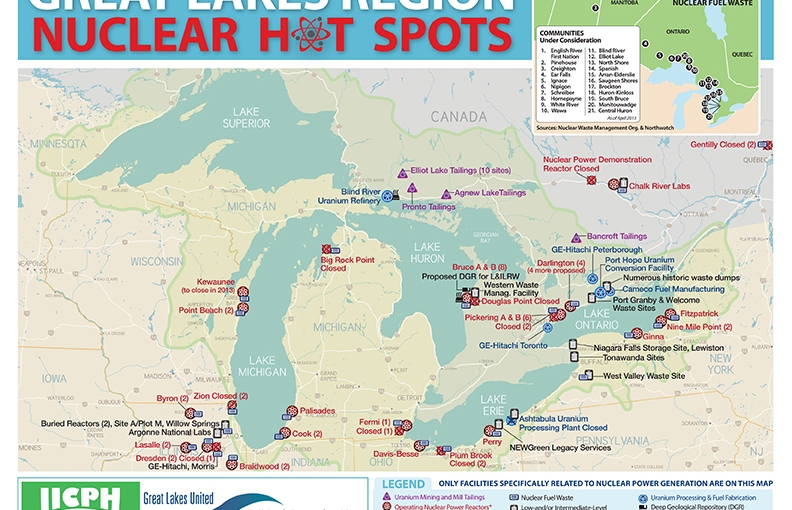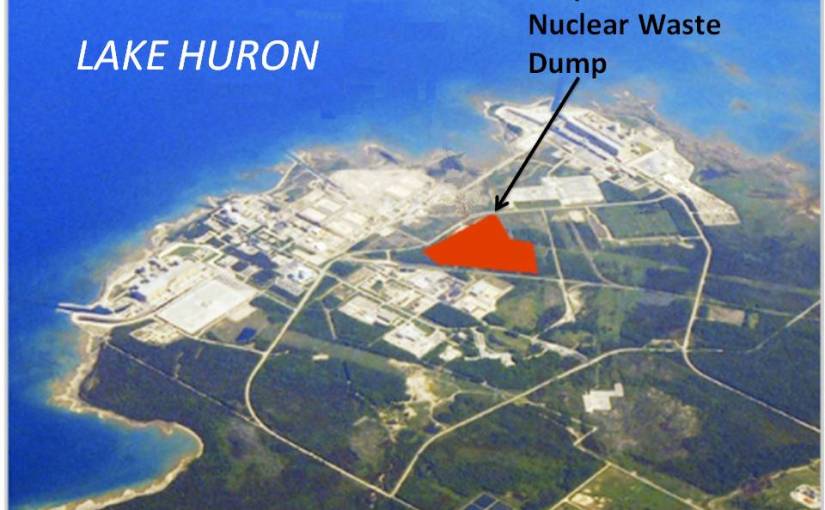Prepared for Canadian Environmental Law Association
Prepared by John Jackson
January 2016
Acknowledgements: Thanks to Fe de Leon, Theresa McClenaghan, and Anna Tilman for their assistance in writing this paper and to Andrew Pickles and Tracy Tucker for final production of the report.- The Canadian Environmental Law Association would like to recognize the support of the Salamander Foundation, Legal Aid Ontario and the Resource Library for the Environment and the Law.
Disclaimer: The views, comments and recommendations provided in this report are those of the CELA and its author and not of its funders.
ISBN: 978-1-77189-756-3
CELA Publication Number: 1050
Cover photo(need source): XXX
Introduction
In Annex 3 of the Great Lakes Water Quality Agreement 2012 the Canadian and United States (U.S.) federal governments (the Parties) committed to “contribute to the achievement of the General and Specific Objectives of this Agreement by protecting human health and the environment through cooperative and coordinated measures to reduce the anthropogenic release of chemicals of mutual concern into the Waters of the Great Lakes, …” [Annex 3, Section A.] The Parties were given the responsibility to designate the chemicals of mutual concern.
The purpose of this paper is to provide an explanation of why radionuclides should be designated as “chemicals of mutual concern” under the Great Lakes Water Quality Agreement. The first part summarizes the health and environmental effects associated with radionuclides. The second part explains why radionuclides are of particular concern in the Great Lakes basin. The third part discusses the availability of data on the presence of radionuclides in the Great Lakes and on the releases of radionuclides into the Great Lakes basin. The fourth part describes some of the expressions of public concern around the threats posed by human activities that could result in the release of radionuclides. The final part presents our findings and recommendations. Continue reading Radionuclides as a Chemical of Mutual Concern in the Great Lakes Basin
